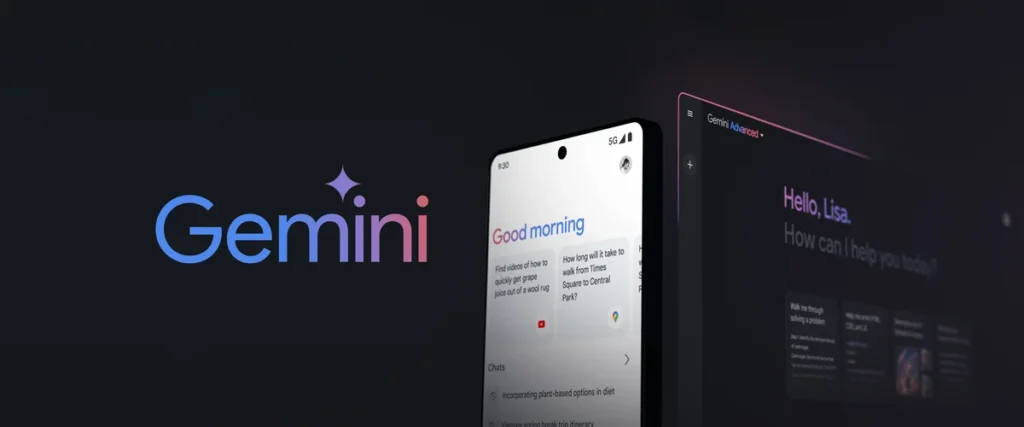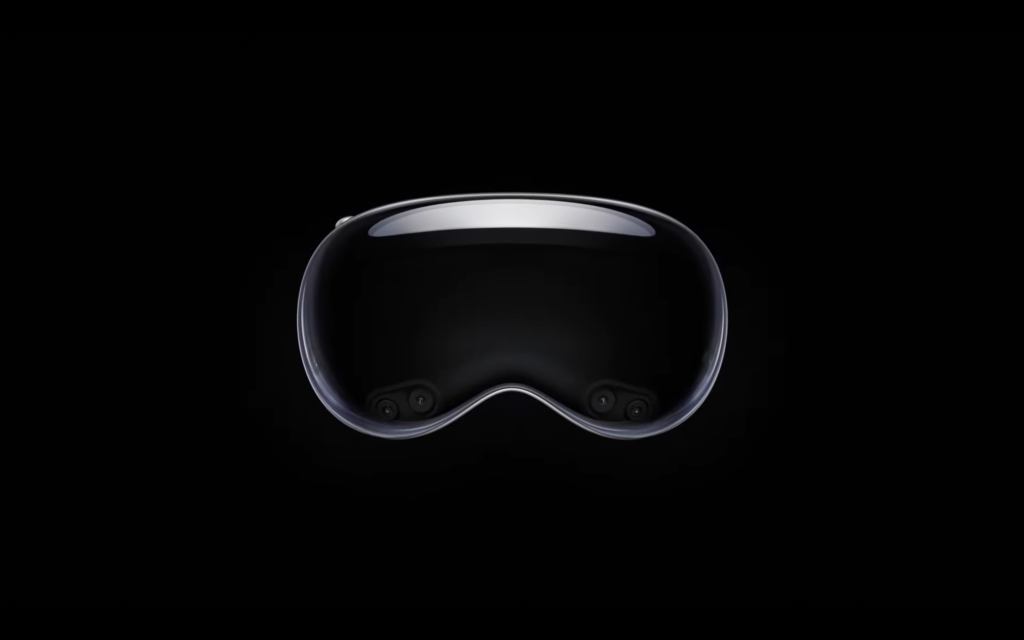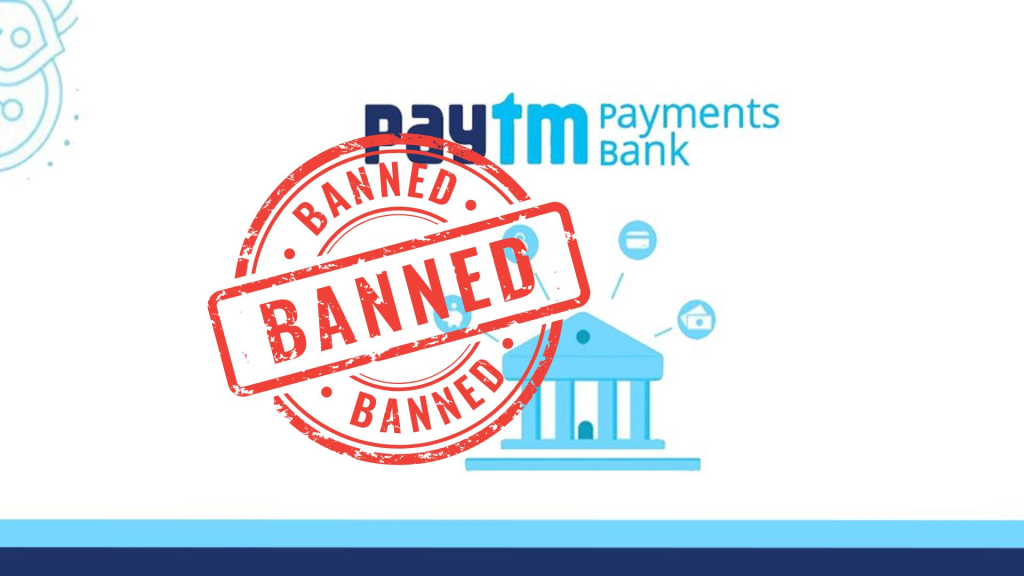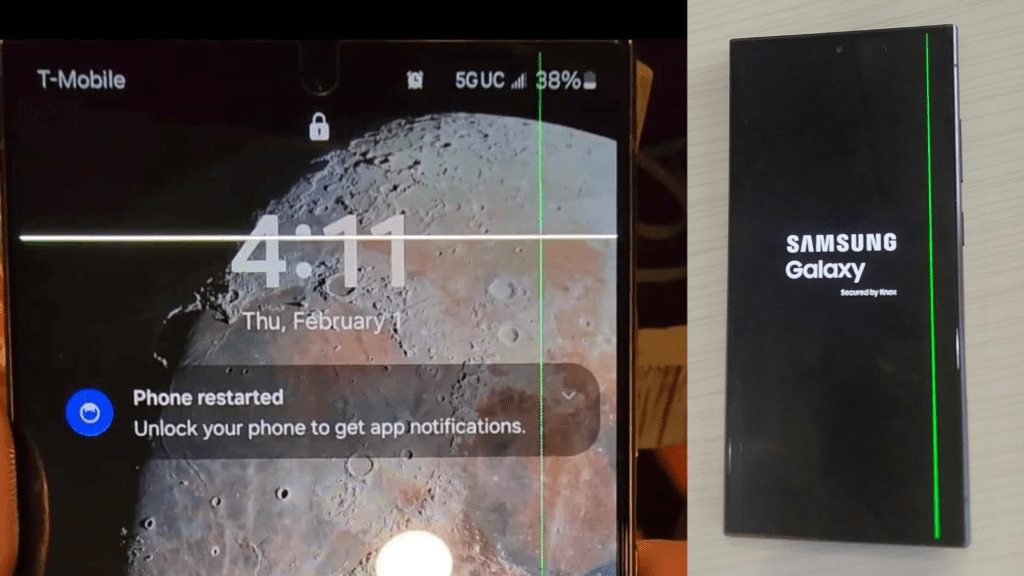The world of tech gadgets moves forward at a lightning pace, but few could have predicted just how fast smartphone tech would change with the arrival of folding phones. In Legacy cases such as this, they used to only exist in science fiction movies, but they are now a reality and bring us futuristic looks with some modern hardware. They have taken the world of smartphone by storm, from early prototypes to commercially available models from Samsung, Huawei, Motorola and Oppo that offer a radical change in how people interact with their devices.
In this article, we’ll dive into the tech inside folding phones, design challenges, market acceptance, as well as where foldable displays are headed next and how they are forming the next generation of mobility computing.
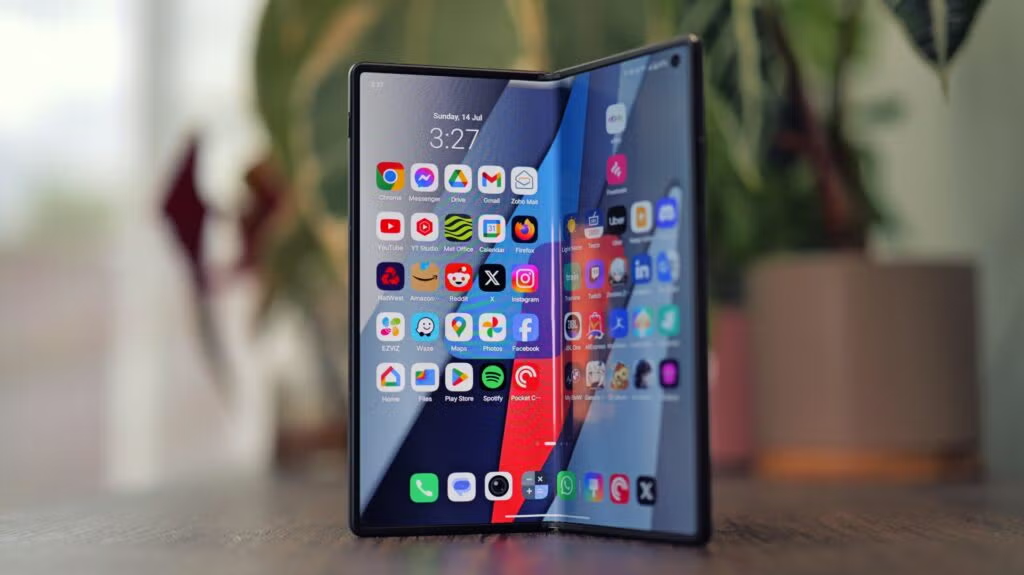
1. What Are Folding Phones?
What Are Folding Phones (Foldables)? Folding phones (also referred to as foldables) are smartphones that can have a flexible display, allowing them to fold or bend into different form factors. Unlike conventional smartphones that rely on rigid glass panels, foldables use plastic or ultra-thin glass (UTG) and unique hinge designs to enable the device to close, or fold, from a phone into something that resembles a small or large tablet screen, or from a classic flip-phone appearance into a premium, full touch-screen clamshell device.
There are two major types of foldable phones:
- Horizontal fold (book-style): Devices such as the Samsung Galaxy Z Fold series, for example, open like a book, providing a smartphone on the outside and a tablet on the inside.
- Vertical fold (clamshell-style): Phones such as the Galaxy Z Flip or the Motorola Razr fold in half vertically, in the manner of old-fashioned flip phones, so they become extremely pocketable.
2. The Evolution of Folding Phone Technology
A decade ago, it was a far-off dream to have folding phones. The earliest in-roads were apparent in concept devices and prototypes presented by the likes of Samsung and Lenovo around the years 2013–2016. Yet it wasn’t until 2019 that foldables began hitting the consumer market.
Key Milestones:
- 2019: Samsung Galaxy Fold – The first commercial-grade foldable. It was forward-looking and full of issues like dust in the screen, cracked inductive covers that were quickly corrected in a new version.
- 2019: Huawei Mate X – Folded outward rather than inward, and had a different design philosophy but lacked Google services in global markets.
- 2020–2021: Refinement era – Samsung released the Z Fold 2 and Z Flip, honing the hinge mechanism, display layers and overall durability.
- 2022–2024: Maturity – With models like the Z Fold 4, Z Flip 5 and Google Pixel Fold, the category began to gain mainstream appeal with gimmicks like water resistance, improved cameras and multitasking software.
3. The Engineering Behind Folding Phones
a. Flexible Displays
Key to foldables is bendy OLED screen tech. It’s called OLED (Organic Light Emitting Diode), with the twist that it is also inherently thin and could also be made bendable by using a plastic substrate instead of glass. Samsung, BOE, and LG are some of the major makers of these hardware.
Key features include:
- Bend radius: Determines how tightly the screen can be folded without damage.
- Durability coatings: Samsung opts for Ultra Thin Glass and a protective plastic layer, trying to find a balance of flexibility and toughness.
- Crease management: A visible spine like this is typical of foldables, but companies are working on screen and hinge designs to make it less noticeable.
b. The Hinge Mechanism
The hinge is one of the most challenging parts of a foldable phone. It should be sturdy, silky, and dust-resistant. Designs vary from gear-based to teardrop hinges that reduce stress on the folding screen.
Samsung’s Hideaway Hinge and Oppo’s Flexion Hinge are all innovation of this kind that had been tested with over 200,000 folds for durability under laboratory conditions.
c. Software Optimization
Hardware alone isn’t enough. As well as needing hardware that can fold and unfold, folding phones need software that can handle the transition from one state to the other. Foldables native support was added in Android 12L and Android 13, so:
- App continuity: Apps resize and adapt when the screen changes orientation or size.
- Multitasking UI: Foldables offer taskbars, drag-and-drop between apps, and split-screen modes.
- Flex mode: Apps display differently when the phone is half-folded, like in video calls or camera usage.
4. Benefits of Folding Phones
a. Multitasking and Productivity
More Screen = More Productivity. Users are able to have two apps open side by side, for example, editing a document while referencing an email, or sketch with a stylus. Article content The power users and professionals Samsung’s Galaxy Z Fold, in particular, is targeting.
b. Portability and Convenience
Folding clamshells still retain compact phone portability AND have ample screen size. They can easily fit in your pockets and boast of old school charm modern touches.
c. Innovation in User Experience
Folding phones are changing the way we use devices — camera previews on the outside display; placing hands-free video calls in flex mode; or using the unfolded display like a mini laptop.
5. Challenges and Limitations
Despite their revolutionary approach, however, folding phones are not without their problems.
a. Durability
Foldable screens are also more delicate than their conventional counterparts. With added robustness to the demonstrate, however, users need to be careful with pressure, scratches, and exposure to dust or water (although some of the latest models are also IP rated).
b. Cost
Foldable phones still cost significantly more than their traditional counterparts — between $999 and more than $1,800. This renders them out of reach for a wide range of users.
c. Battery and Thickness
In the design of foldable mobile devices, the battery capacity is generally reduced due to space limitations. The notch and tall aspect also make foldables thicker and heavier, which affects ergonomics.
d. App Compatibility
Even though Google and the main OEMs are driving towards adaptive UI designs, many third-party apps do not have such full support for large screen modes or dual pane views, so what you get is a not-so-good experience.
6. Market Adoption and Competition
The world market for foldables is steadily increasing. Data from IDC and Counterpoint Research showed that more than 20 million foldable phones shipped in 2023, after sales of 10 million in 2021.
Leading Players:
- Samsung: Dominates the foldables market with nearly 60–70% share. The Z Fold and Z Flip lines are benchmarks in the segment.
- Huawei: Innovative but limited to Chinese markets due to lack of Google services.
- Motorola: Focuses on nostalgia with its Razr clamshell line, offering solid competition.
- Google: Entered the market with the Pixel Fold, integrating foldable features into Android.
- Oppo and Vivo: Gaining traction with competitively priced and well-designed models.
Prices are expected to drop and innovation to speed up, as more players enter the market.
7. The Future of Foldable Technology
The folding phone isn’t a gimmick — it’s our future peek of what’s next. New additions to the category will be defined and broadened in the future.
a. Rollable and Slidable Displays
And beyond folding, companies like LG and TCL are also experimenting with rollable and extendable displays, in which the screen unspools, or extends, to become bigger. Motorola teased a concept that unfurls the screen vertically.
b. Transparent and Stretchable Screens
R&D in transparent OLEDs (one of Samsung’s other projects) and stretchable displays would suggest a level of flexibility where the display could wrap around your wrist or even act as a piece of wearable tech.
c. AI-Powered Folding UX
Integrating AI would improve contextual awareness; picture a foldable phone that unfurls when it senses that you’re getting ready to read or type, or that dynamically changes its UI layout based on what job an app is doing.
d. Eco-friendly Materials
Sustainability is emerging as an important field. To address the e-waste component of foldables, future versions could potentially use recycled materials, be made with biodegradable polymers or be modular in design.
Conclusion
Folding phones are one of the most thrilling technological innovations the smartphone industry has seen. They’re not just a new design of device; they’re a new form of user, bringing together mobility and productivity like never before. And while there are still challenges to face, when it comes to things like durability, price and software compatibility, the speed at which foldables have developed in recent years, and the fact that these could be being overcome, suggests the foldable problems will be worked out.
As technology matures and people embrace the idea, folding phones could soon go mainstream, not only changing the very definition of mobile devices, but our perception of digital screens. And if you’re a tech nerd, the new wave of foldables gives a peek at what the next era of computing on the go may look like, for geeks and normals alike.
if you have any issue with this Article – Click Here

